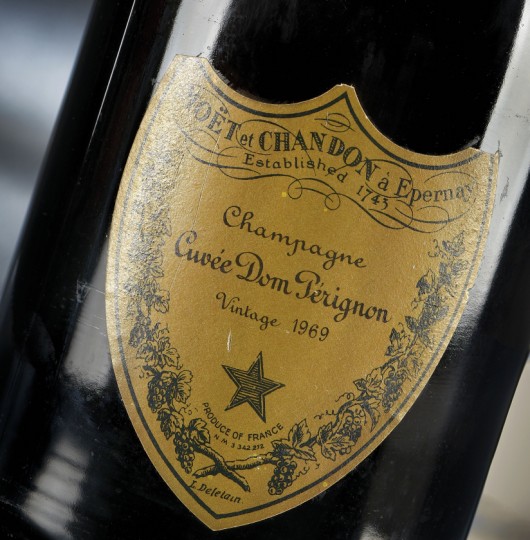THE BIRTH OF CHAMPAGNE

The spread of mass consumption of "bubbly" is quite recent. At the beginning of the last century, champagne was a privilege for few. Then everything changed.
In Italy, we began drinking Prosecco, which became Franciacorta, and then Trento Doc, and, more recently, Oltrepò Pavese. The important thing is that they are "bubblies". Saten for the most delicate palates, pas dosé for the most demanding, rosé for the most fashionable: sparkling wine for all tastes and for all budgets.
The level of quality has become increasingly higher and, finally, Italian sparkling wines have nothing to envy the French ones. Two names stand out: Ca ’del Bosco with its jewel Annamaria Clementi, and Fratelli Lunelli with the legendary Founder Reserve have also carved out a place of their own at international auctions. But where and when were sparkling wines born? Regrettably for Italian national pride, it must be said they originated in France, obviously in the Champagne region, and, like so many important discoveries crucial to the survival of the human race, they were born by mistake! It was the year 1670, when Dom Pierre Pérignon, a young Benedictine monk, arrived at the Abbey of Hautvillers, near Épernay, with the role of treasurer. Following the wars and the looting which had devastated the region in the 1600's, the convents were abandoned and their annexed vineyards had consequently decayed.
Dom Pierre Pérignon set to work fixing them. His work was mainly devoted to the production of wine by selecting the best grapes, favoring the most suitable soils, refining the techniques of assemblage of the grapes and favoring a gentle pressing in order to obtain a clear must from black grapes (especially pinot noir). 
Doubts remain regarding the origins of the transformation of still wine into sparkling wine, of which there are various versions. The first states that it was born casually during the vinification process of some white wines. Some bottles left to refine in the cellar are said to have burst, therefore leading to the discovery of "foaming". Another version states that the Abbot, in order to make the wine more pleasant, added peach flowers and sugar to it in the Spring, subsequently corking the bottle with truncated cone-shaped wooden stoppers. When the bottles were uncorked, foam was produced. According to a third version, some winemakers decided to bottle their wine immediately after fermentation because it aged poorly in barrels. In bottles, the wine managed to preserve its aromas, but this had the drawback of making it become naturally sparkling, with the consequent bursting of many bottles. Whatever the real version is, a very pleasant new wine was born by mistake. From that moment on, other producers in the area also began to make sparkling wine following the Abbot's instructions and contributing to the improvement of the technique. Over the years, the fame of champagne has spread all over the world and its use has taken on a symbolic value in particularly important celebrations. There is always a reason to toast with good sparkling wine, whether they are Italian, French or of any other provenance.
There will be an important selection of champagne at the next auction of Fine Wines and Spirits presented by Aste Bolaffi in collaboration with Slow Food Editore on November 21st in Sala Bolaffi in Turin. Among the others there will be a six litre bottle of 2002 Cristal in its original wooden case (lot 777, base 3,000 euros), several bottles of Krug Clos du Mesnil Blanc de Blancs from the years 1982 to 1995, and of the very requested Salon from the years 1997 to 2007. (by Luisa Bianconi)
BROWSE THE AUCTION CATALOGUE